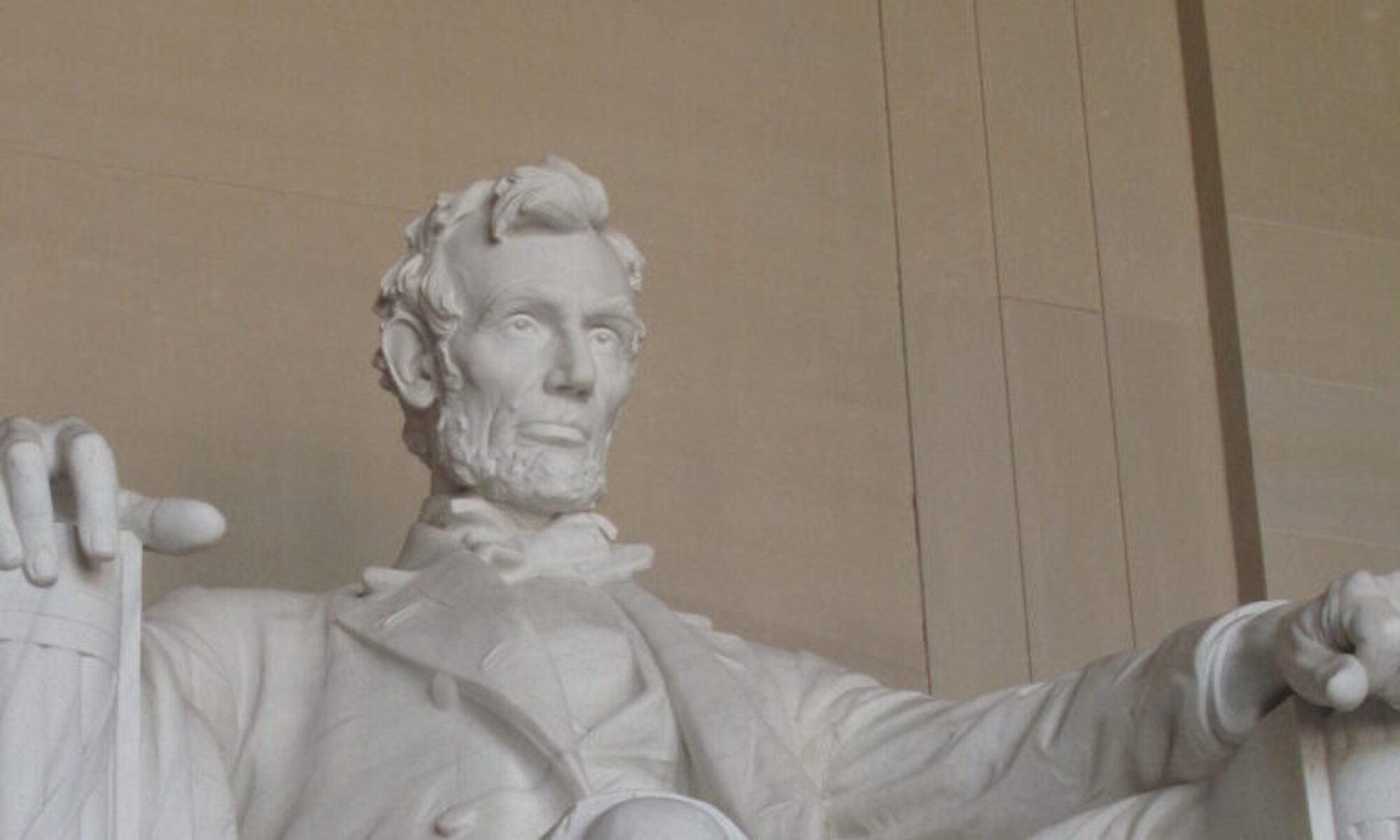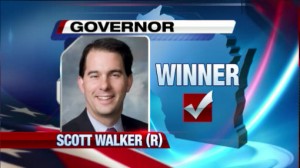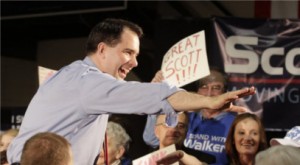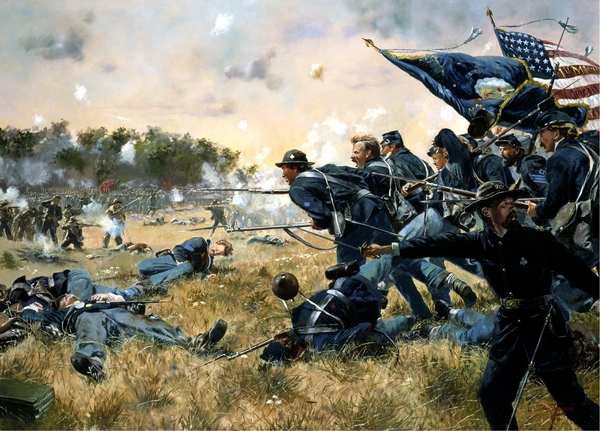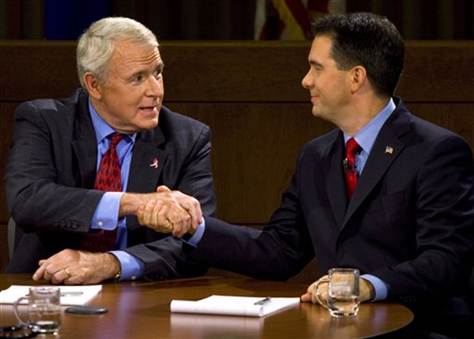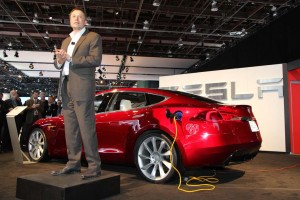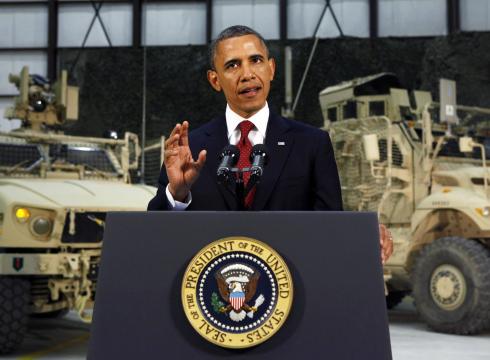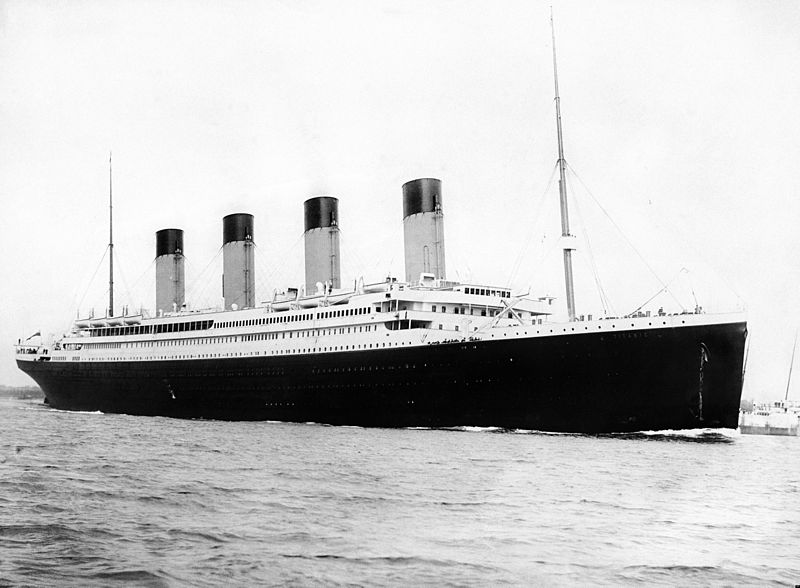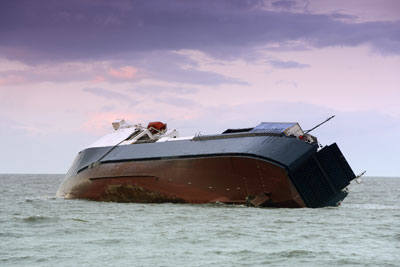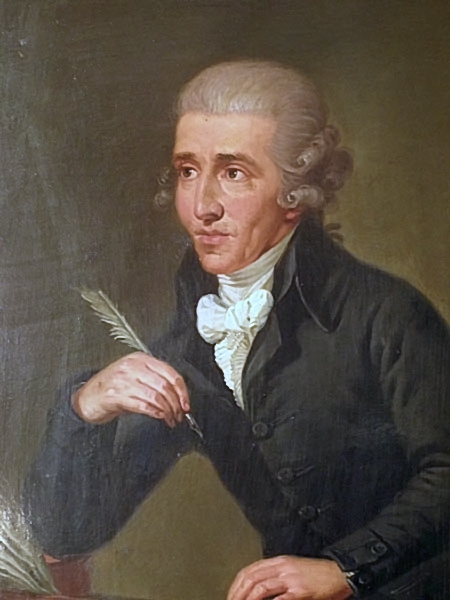The American economist Herbert Stein, counselor to presidents Nixon and Ford has been quoted as saying in various alliterations, “Things that can’t go on forever, don’t.” The great social experiments in history, roman citizenry binding unlike peoples, islamic caliphates achieving the submission of cultural disparities through religious”truth”, the French Revolution eliminating social strata by eliminating the social elite, and the Communist manifesto subjecting the self determination of the individual to the will of the collective have all come under the eventual reality of Professor Stein’s law, as natural economic forces for need for expression of individuality, survivorship of the most agile and fittest, need for rule of law, and the corrosion of the original experiment’s purity all come to bare. We may be seeing a evocation of Stein’s law with the 75 year experiment of attempting to achieve social equality through the marriage of elected governments and the governmental growth industry of a population beholden to that government, a process strengthened and ever emboldened by the vast access to tax dollars. Access that is truly vast, but owing to Stein’s law, not unfettered. The citizens of Wisconsin June 5th determined to put Stein’s law into effect and soundly put an end to the progressively disastrous idea that a government held hostage by its own citizen employees was a permanent feature, and democracy in its current state existed only to re-inforce the notion and replenish the coffers of its enablers.
Wisconsin, a posterchild for the national and international trends of democratically elected governments to feed upon their own to sustain the ideal of achieving the universally secure life, had found over the last ten years the supposed promise of guaranteeing security to all had become an unholy burden. Locked into having to produce a balanced budget by a constitution written years earlier by a more fiscally responsible and mature citizenry, increasingly unethical fiscal tricks were required to assure the entitled their unfettered cut of the budget. Multiple elevations in the tax rate for both individuals and businesses eventually proved insufficient to feed the multi-billion dollar requirements of entitlements and the democrat Governor Doyle did the only rational thing felt he could given the inseparable link of the entitled to the health and power of his party – he stole. First hundreds of millions from the transportation funds exclusively set aside through energy taxes to maintain the transportation system, and then from health care professionals and patients through the state’s malpractice fund. When that didn’t prove to be enough, he took what he could from a one time subsidy from the federal government’s stimulus funds, and retired, leaving the whole stinking pile for the next governor to deal with. The election of 2010 between Scott Walker, a fiscal realist, and Tom Barrett, mayor of Milwaukee, who promoted a further expansion of unsupportable tax mechanisms, was Wisconsin’s first dip into the cold water of fiscal reality and stunned every one with electorate’s decision to go with the adult in the room, and promote Walker to Governor.
Walker proved to be one of those politicians that people who had co-opted government for their own devices had assumed they had intimidated out of existence – a politician who believed in every principle for governance he laid out, and was determined to stand behind what he had campaigned on. The backlash was immediate and total, because the stakes were so high. If Walker could actually achieve fiscal sanity of government through realistic budgeting, shared sacrifice, and mechanisms for restoration of a more balanced relationship between the government and the people it supposedly served, without identifiable calamity, then all the myths and dire predictions of those who controlled the governmental entitlements would be exposed. That would be intolerable, and the next two years reminded everyone of how determined, entrenched, and vicious the governmental oligarchy syndicate could be. Wave of recall after recall election was promoted and paid for. When the legislature did not immediately dissolve in the face of the intimidation, the syndicate looked to unseat the Supreme Court majority that stood in the way of constitutional support for legislative actions. Death threats were aimed at the governor and legislators that stood in their way. The indentured democrat servants were forced to flee the state by their masters in order to obstruct the process. A mass of radical professional protesters filled the halls of the people’s capital with a cacophony of noise and filth and threatened to not leave until they got their way. And when none worked , they risked all and aimed for the head of the beast. They looked to recall Walker himself, and did so by presenting the mirror election of two years previously, Walker vs Barrett, so the electorate could show the world that they had been wrong the first time and recognized the error of their ways.
On June 5th, the governmental oligarchy rolled the dice for ultimate control – and lost. Not by the squeakily narrow margins they had for so many years been able to manipulate, but resoundingly.
In just two years the impossible had occurred. The political elected forces had balanced the budget through sustainable means, eliminated a towering 3.6 billion dollar deficit, achieved job growth rather than company flight in the state, funded its healthcare mandates, restored local municipal control over budgets and investments, and did so without unethical pilfering or onerous tax increases on the backs of its economic producers. Most stupefyingly of all to those who thought everyone was in on the take, the electorate recognized what they had achieved, and showed its overwhelming stamp of approval.
Herb Stein the professor may prove to be Herb Stein the prophet. In democratic free market societies, there may yet prove to be self correcting capacities. Deficits as far as the eye can see and beyond what might be conceptualized does not have to be the fate of an engaged electorate. If the alternative is securing one’s security at the expense of prosperity and all that future citizens, the electorate may be capable after all in discerning who is willing to present and follow though on solving problems, and making a course correction before the crisis strikes. The Wisconsin motto, Forward, may have reached fruition in this election and may be the way forward for a nation that is about to face the same moment of electoral truth. When all is said and done the resilience of the American Idea, that the unbounded power of its people to move forward is a beacon for the rest of the world may once again be the positive miracle of our times.
